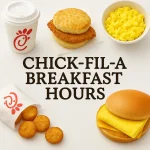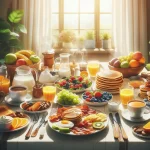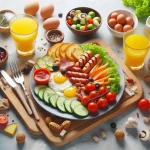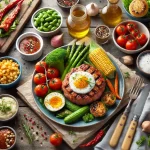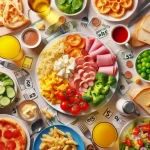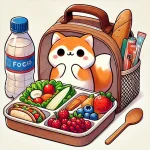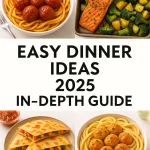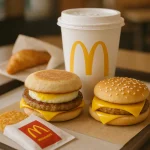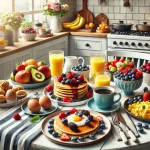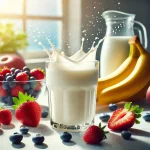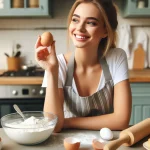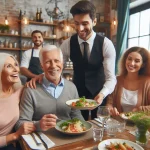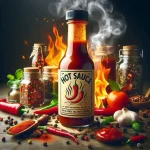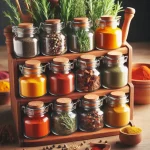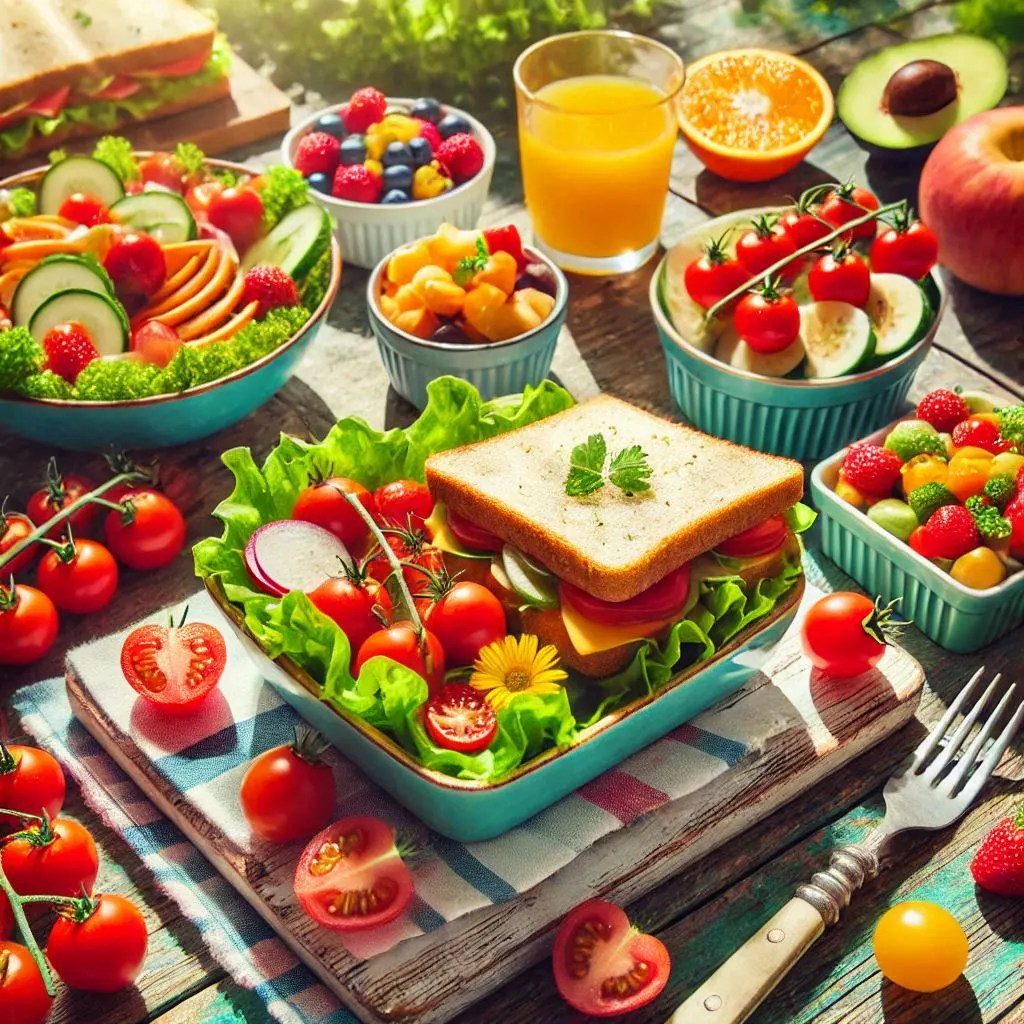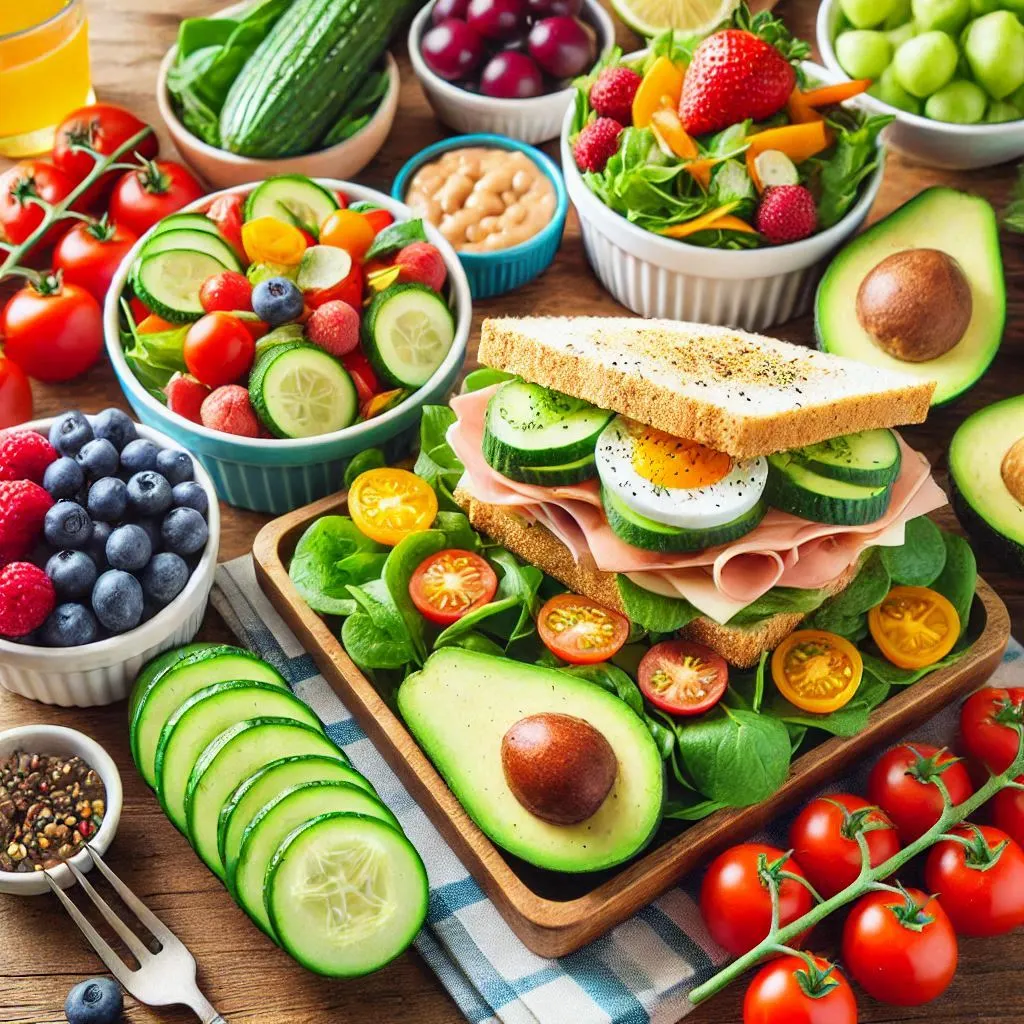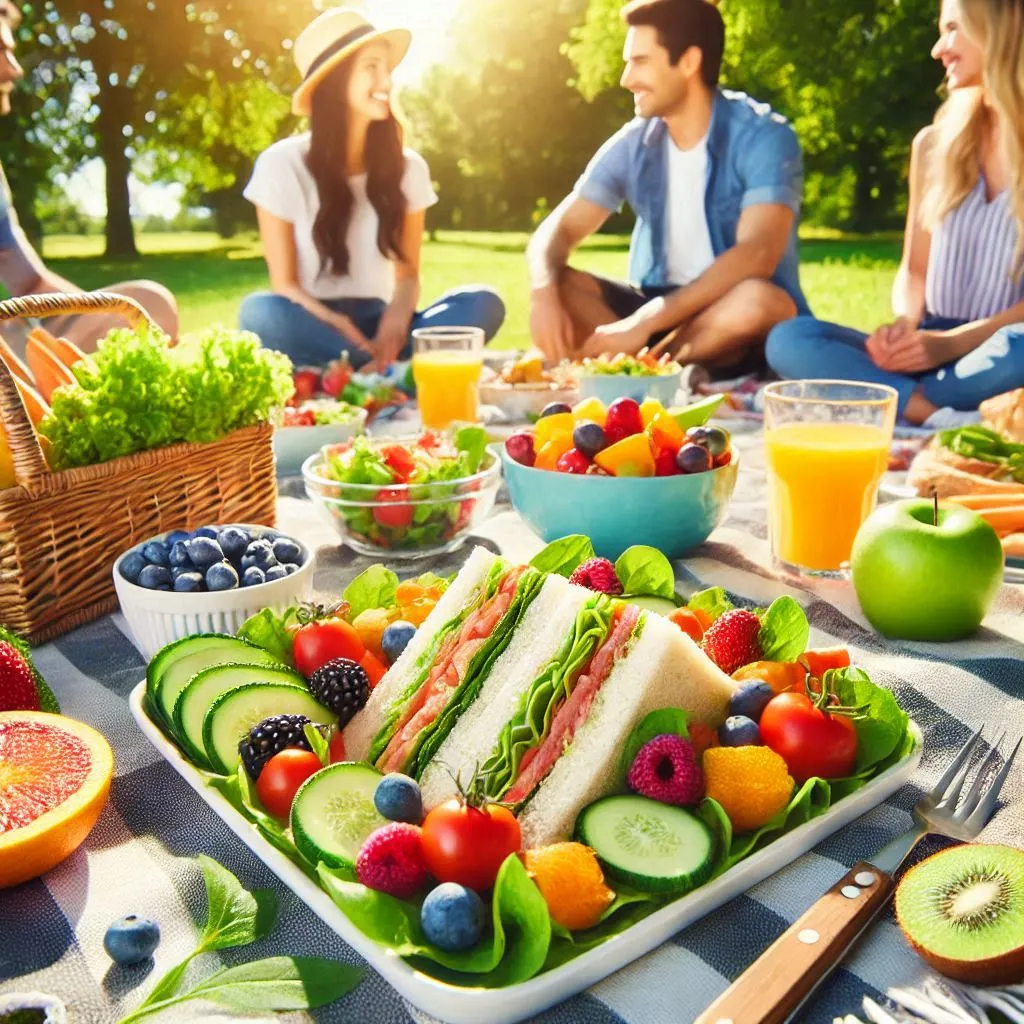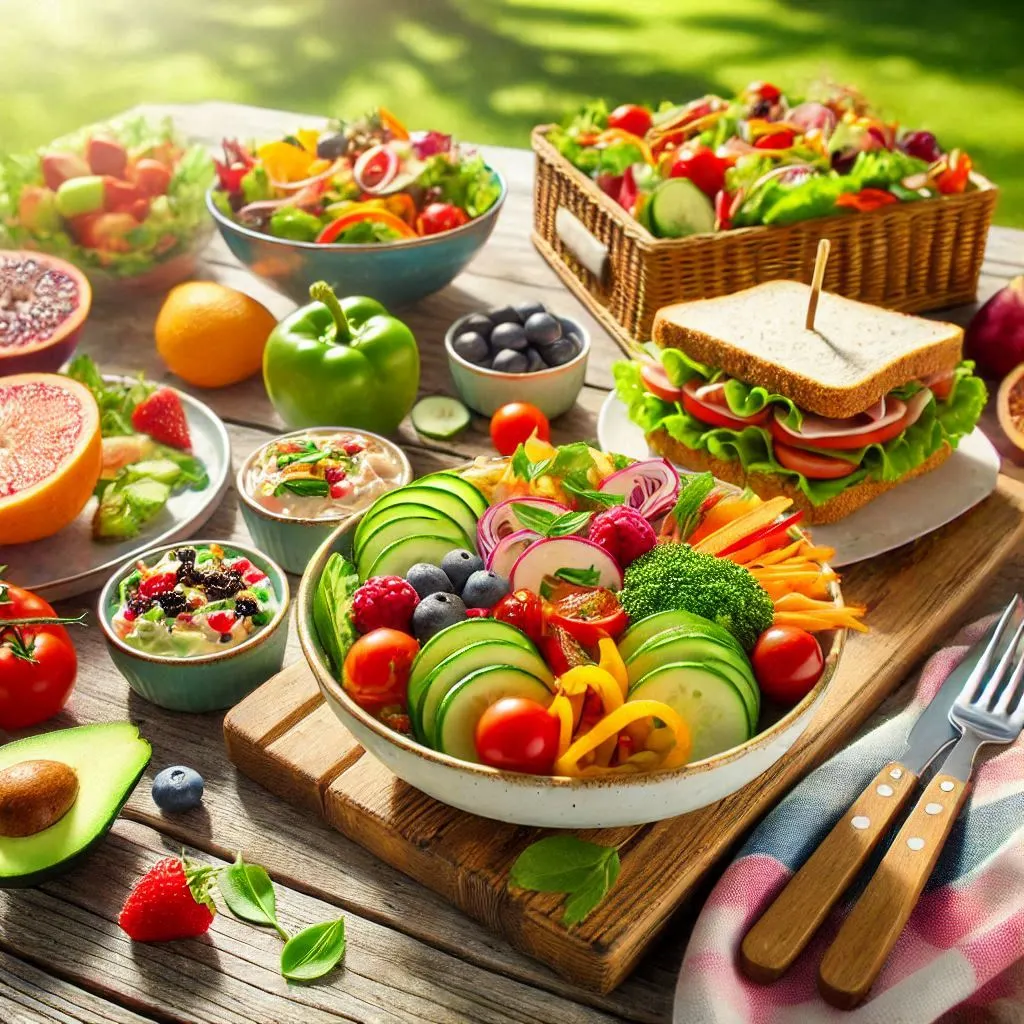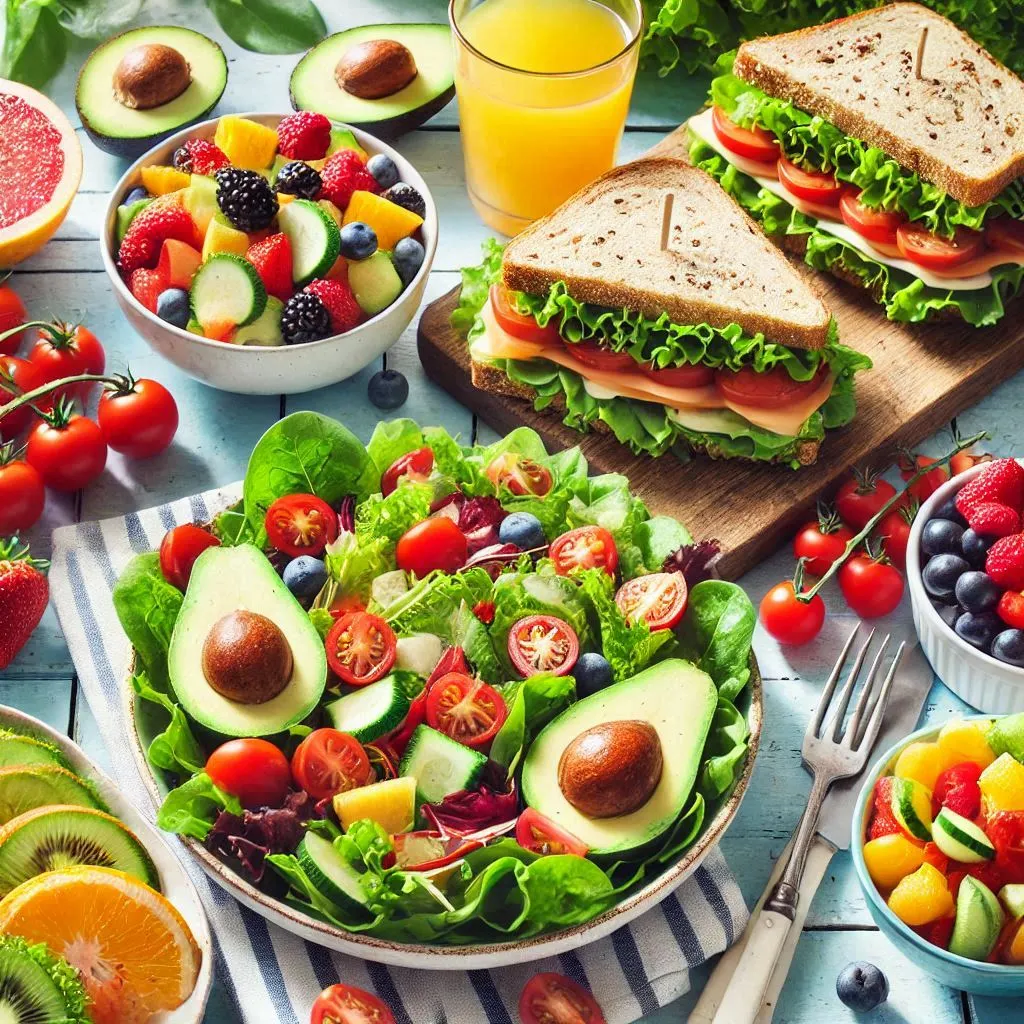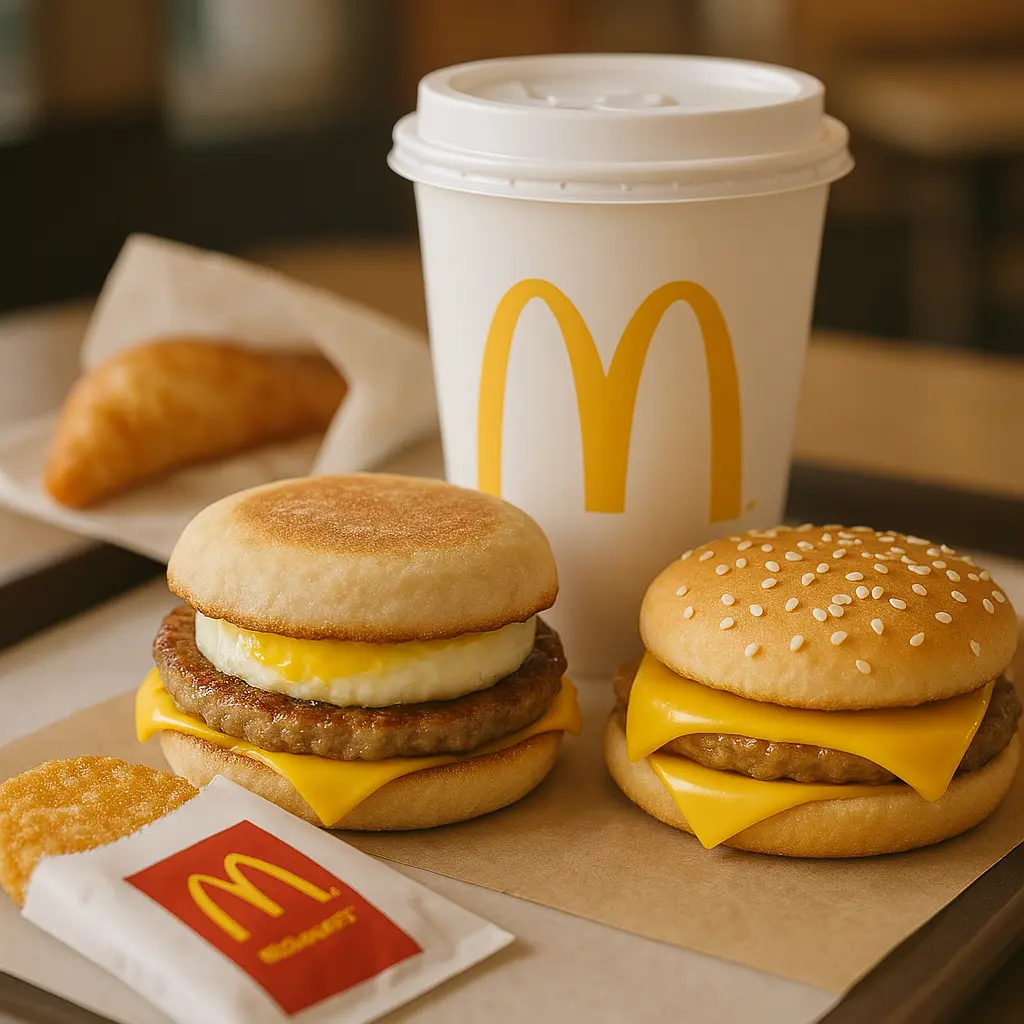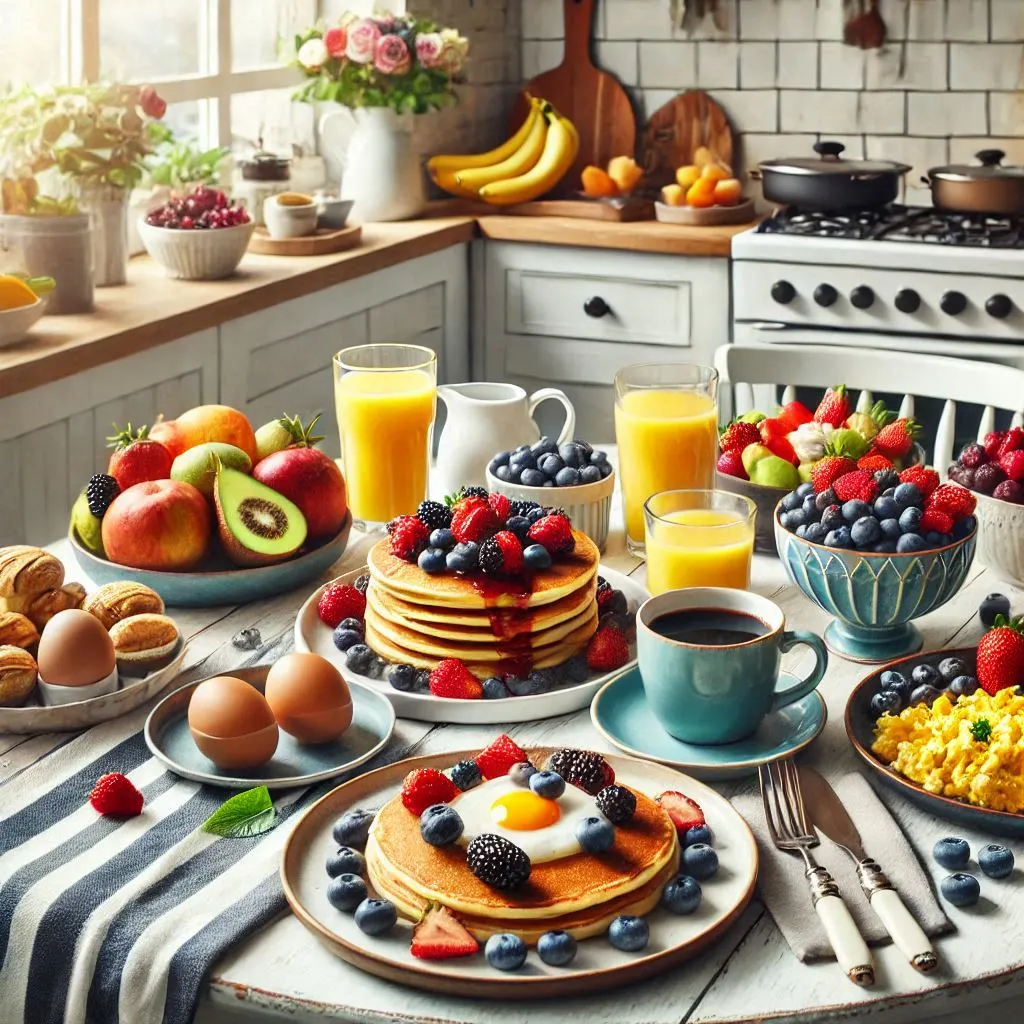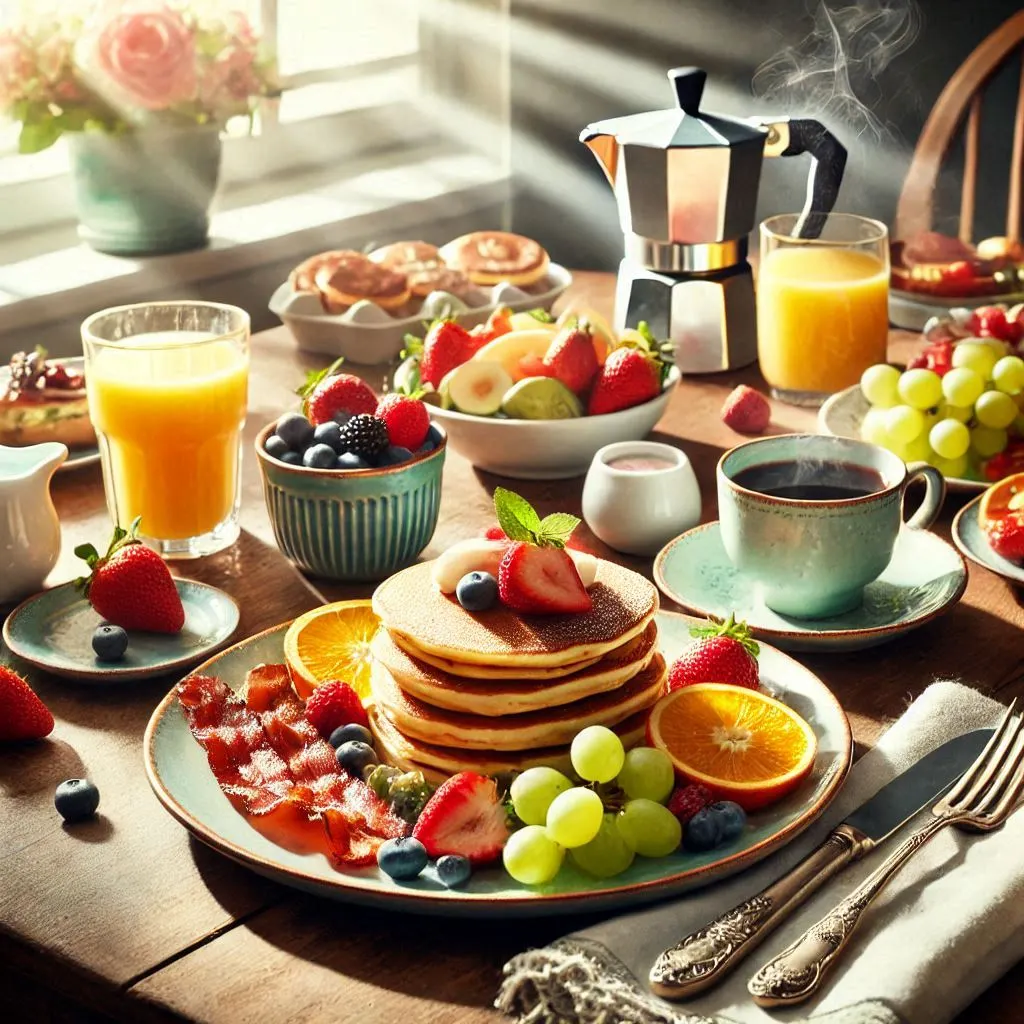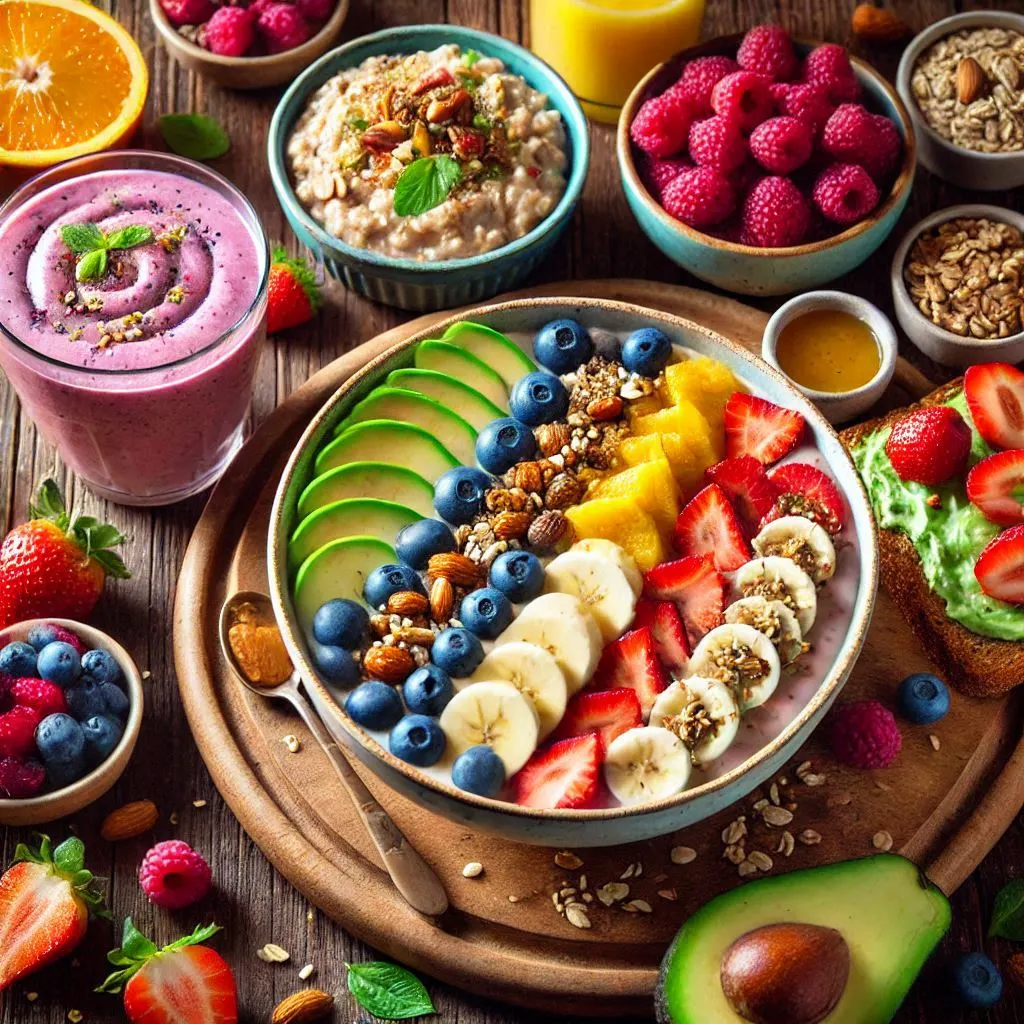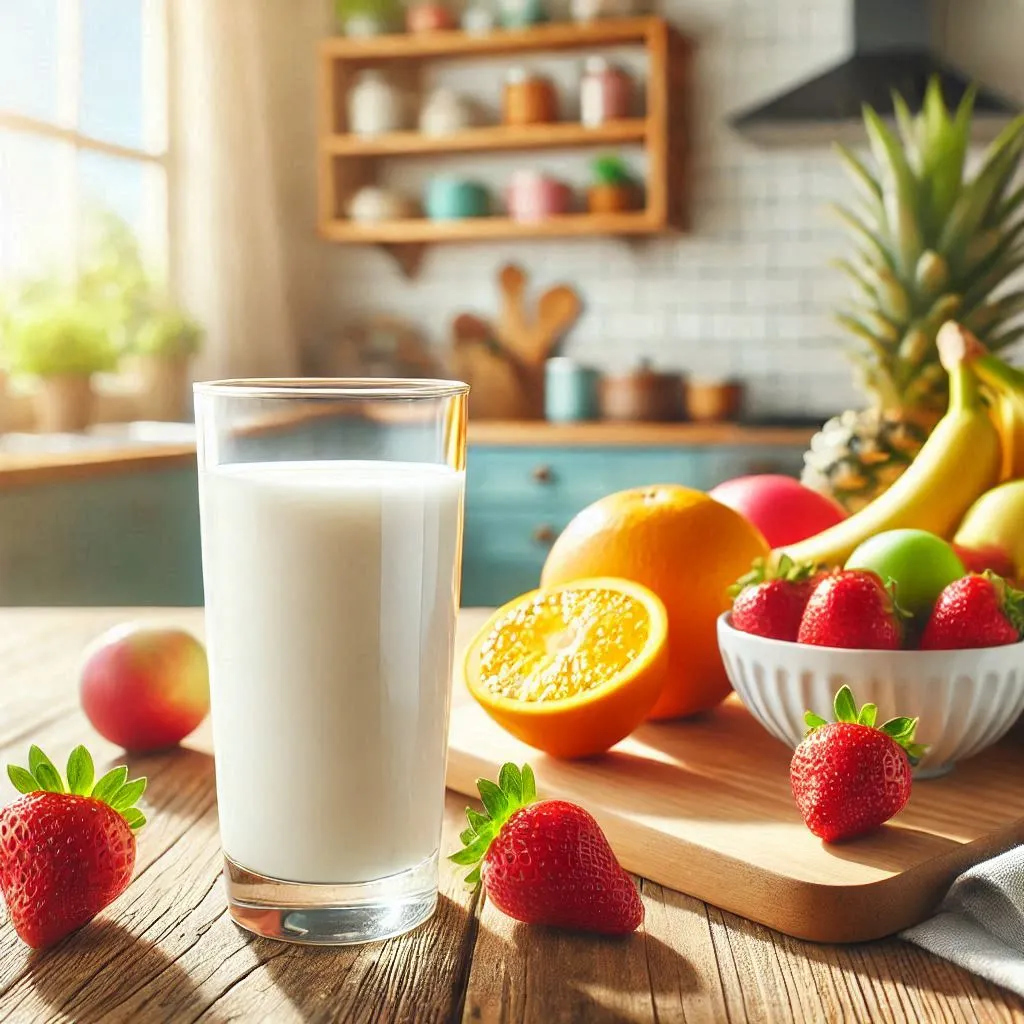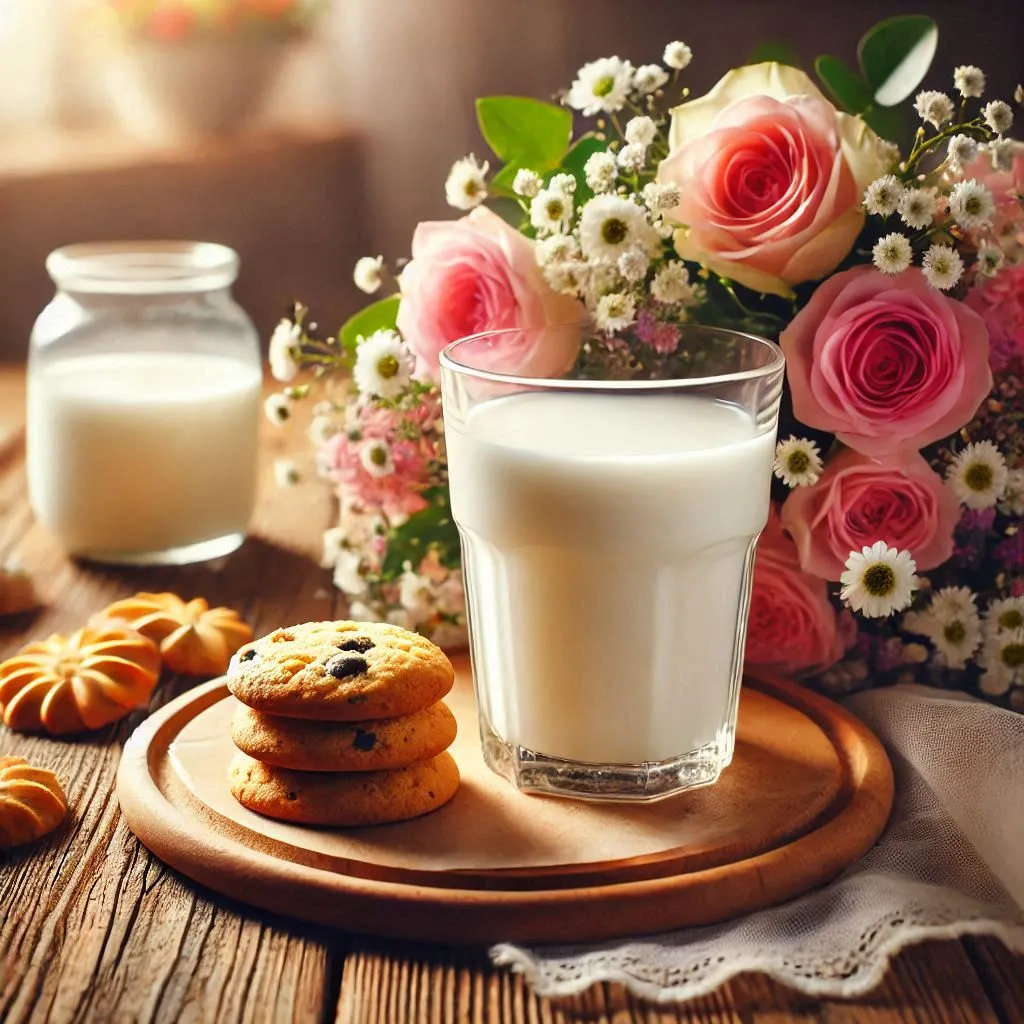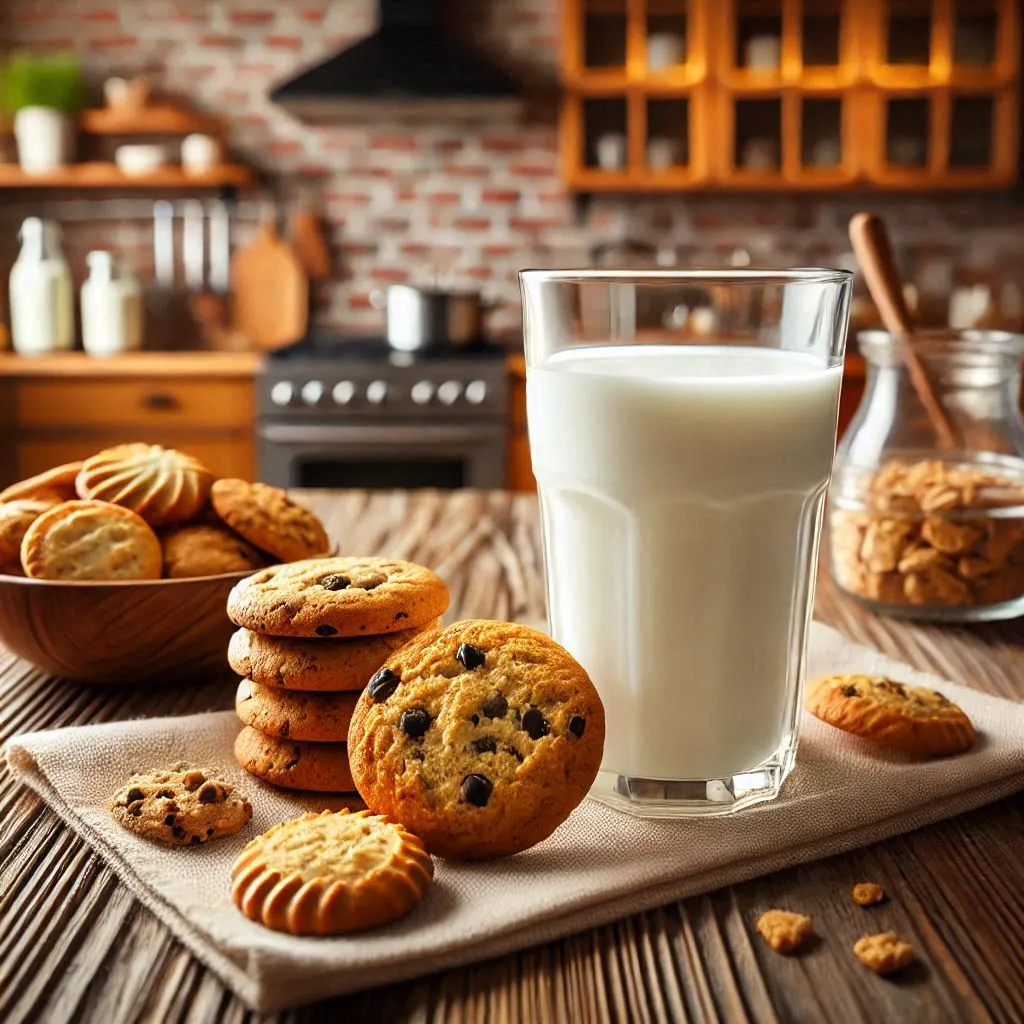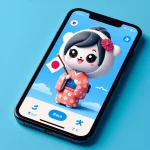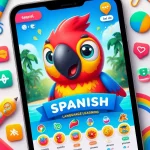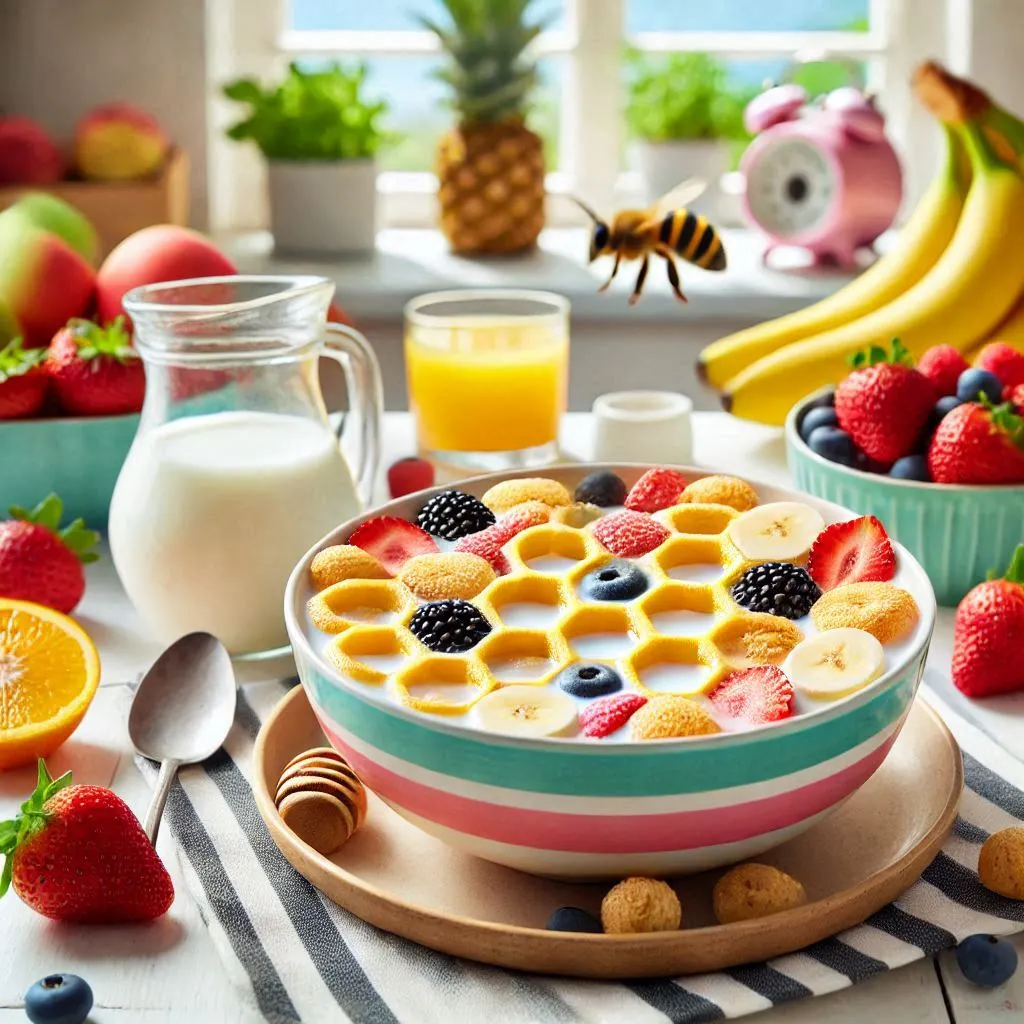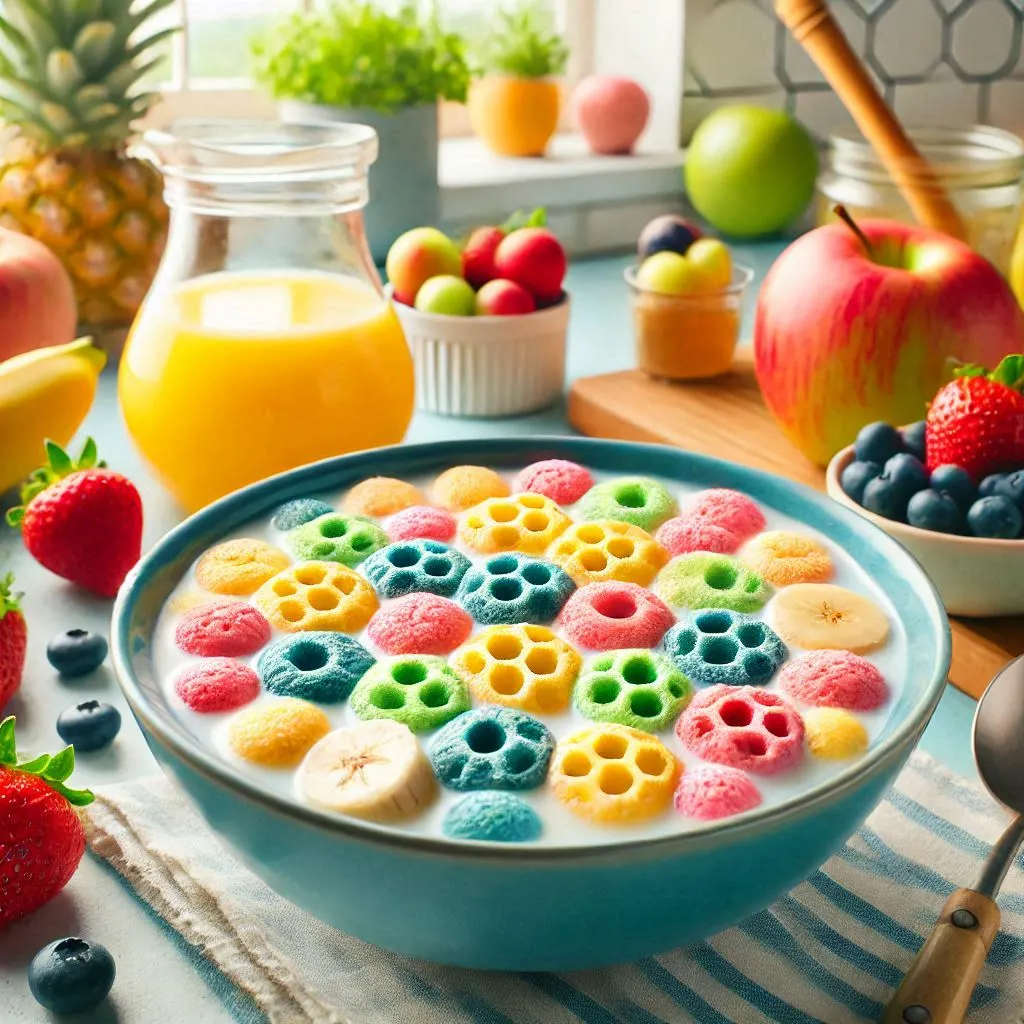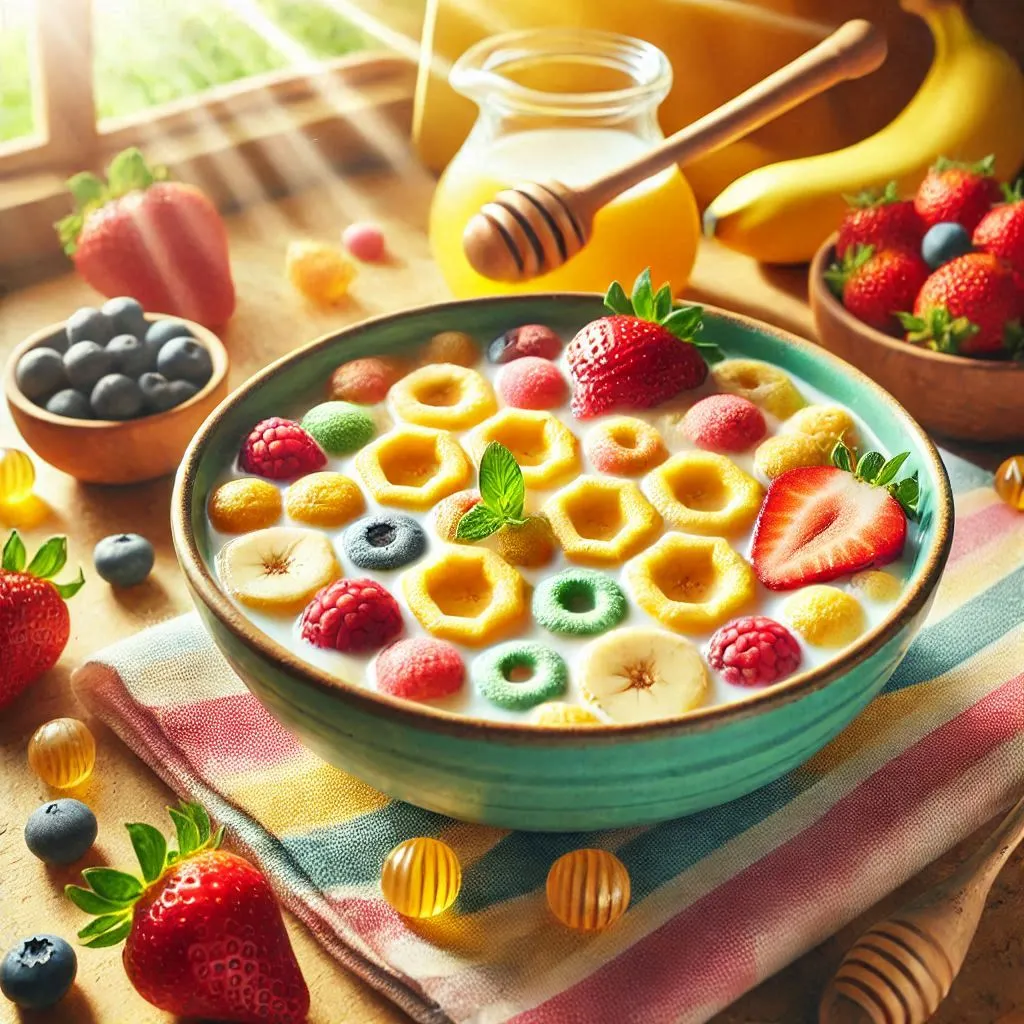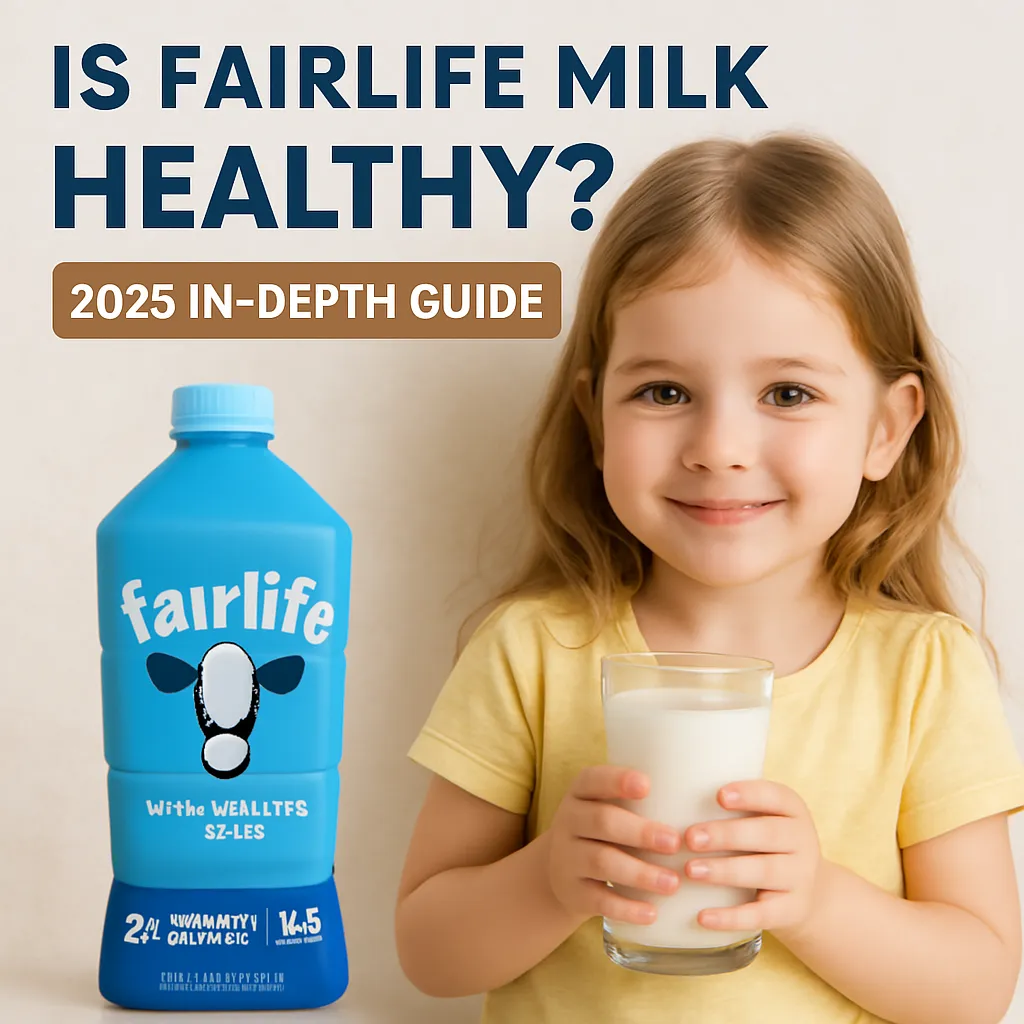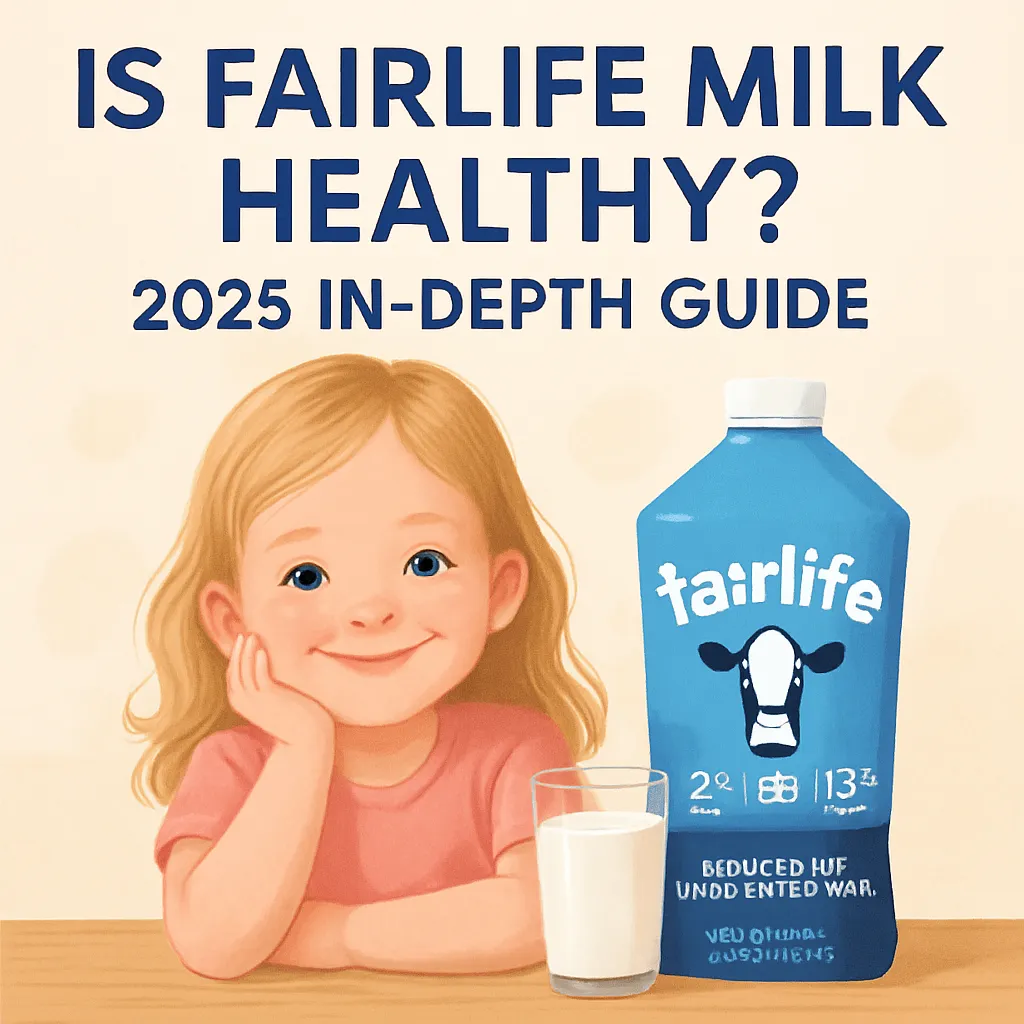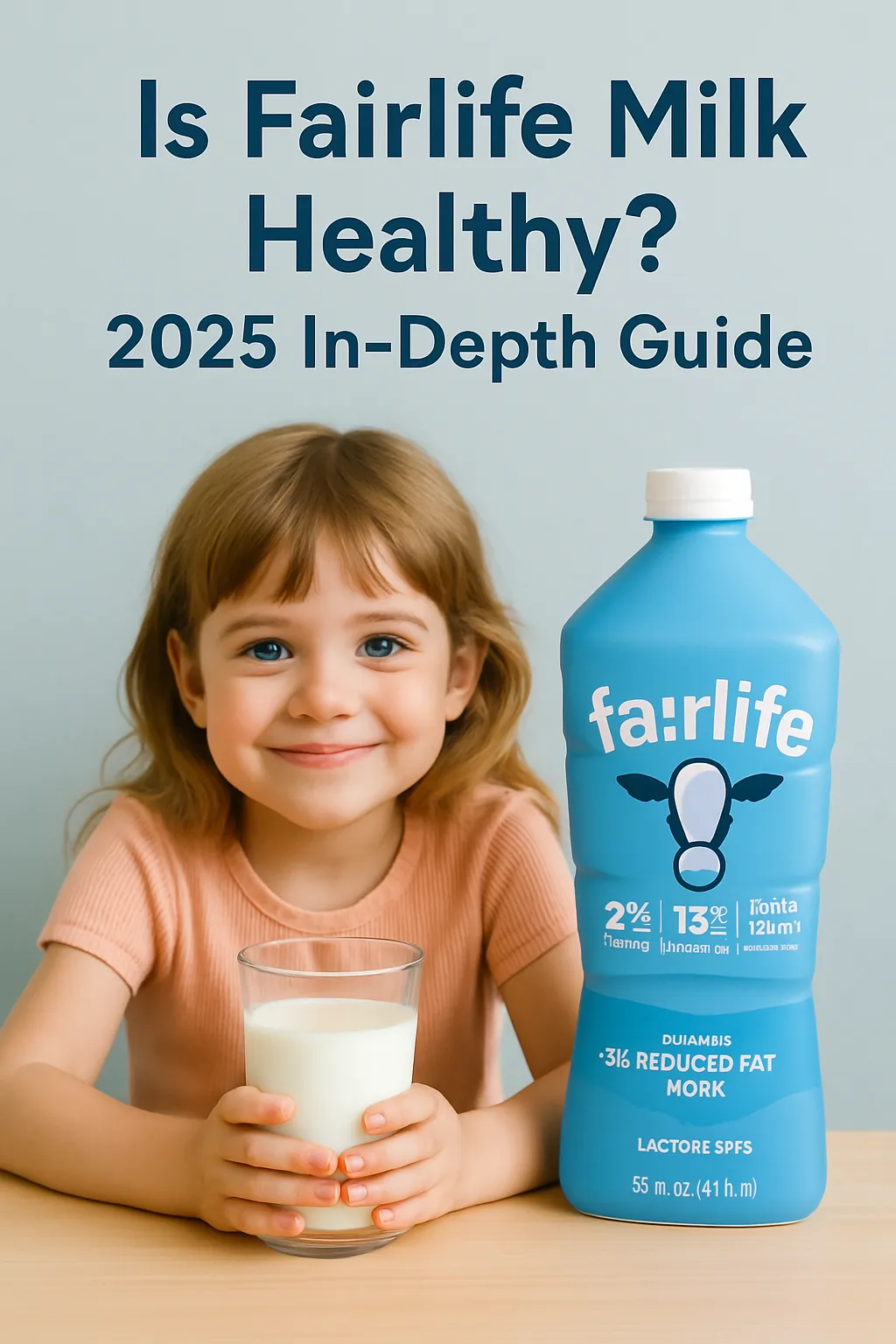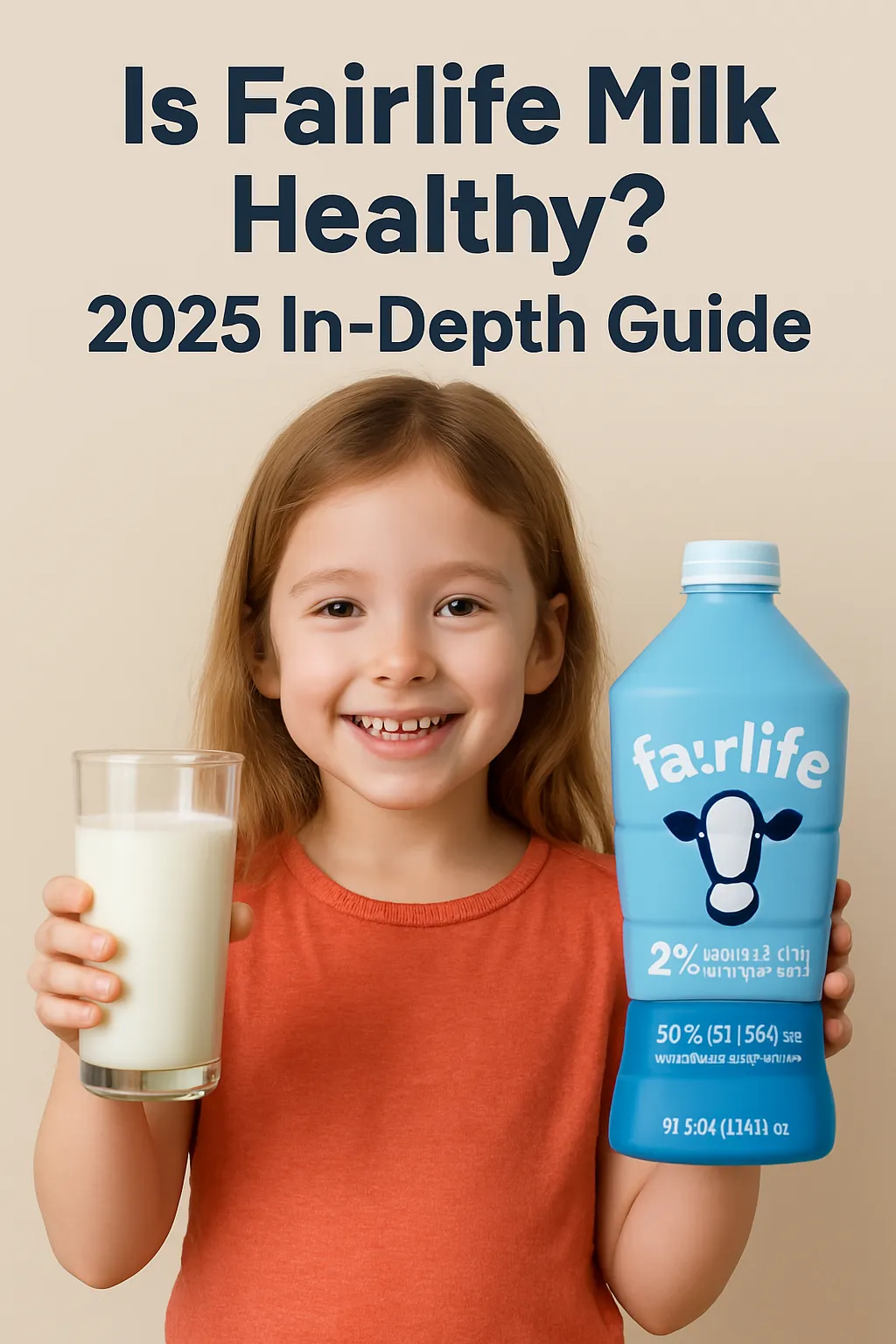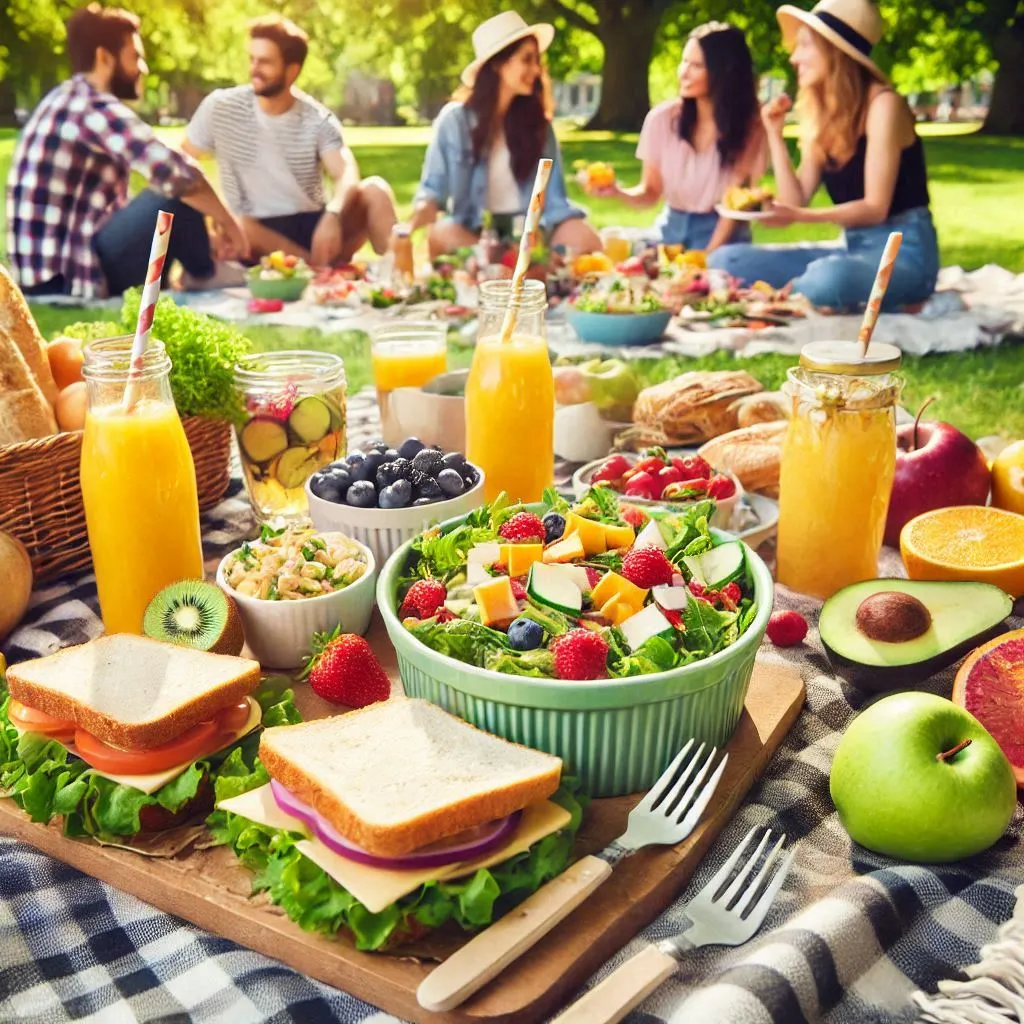
Table of Contents
What Should I Eat for Lunch? 2025 A Comprehensive Guide to Healthy and Satisfying Lunch Options
Introduction
When it comes to deciding what to eat for lunch, the options can seem endless. However, finding a balance between convenience, health, and taste is key to making the best choice for your midday meal. This article aims to help you navigate the multitude of lunch choices, providing data-driven insights on the most nutritious, filling, and easy-to-prepare lunch options.
Whether you are looking to lose weight, maintain a balanced diet, or simply find something new to try, understanding what makes a healthy lunch is the first step in making an informed decision. In this article, we’ll explore various lunch categories, recommend nutrient-dense meals, and provide detailed data on calories, macronutrients, and other important factors.
1. Why Lunch Matters
Lunch plays a crucial role in maintaining energy levels and preventing afternoon fatigue. A well-balanced meal can provide essential nutrients, help regulate blood sugar levels, and keep you satiated for longer. Skipping lunch or opting for unhealthy, processed foods can lead to overeating later in the day, disrupting your energy levels and potentially causing weight gain.
Key Benefits of a Healthy Lunch:
- Maintains Energy: A balanced lunch helps prevent the midday energy slump.
- Supports Metabolism: A well-rounded meal boosts your metabolism.
- Improves Cognitive Function: Proper nutrients support brain function, keeping you sharp and focused.
- Regulates Appetite: A satisfying lunch prevents overeating at dinner.
2. Nutritional Requirements for a Healthy Lunch
A healthy lunch should ideally contain a mix of macronutrients: protein, carbohydrates, and healthy fats. These nutrients provide sustained energy and support bodily functions.
Macronutrient Breakdown for Lunch:
- Protein: Helps build and repair tissues, and supports immune function.
- Carbohydrates: Serve as the primary source of energy.
- Fats: Essential for brain health and hormone production.
A balanced meal should aim for approximately:
- 25-30% protein
- 40-50% carbohydrates
- 20-25% healthy fats
The exact ratio may vary depending on dietary preferences (e.g., low-carb, keto, or plant-based diets).
3. Quick and Healthy Lunch Ideas
If you’re pressed for time, there are still many quick options that are both healthy and satisfying. Here are some simple ideas:
| Lunch Option | Description | Estimated Calories | Key Nutrients |
|---|---|---|---|
| Salad with Grilled Chicken | A mix of leafy greens, vegetables, and grilled chicken | 350-450 | Protein, Fiber, Healthy Fats |
| Veggie Wrap | Whole wheat tortilla with hummus, veggies, and avocado | 300-400 | Fiber, Healthy Fats |
| Quinoa Bowl | Quinoa, roasted veggies, and a protein (chickpeas or chicken) | 400-500 | Protein, Fiber, Carbs |
| Smoothie Bowl | A blend of fruit, yogurt, and nuts | 300-350 | Protein, Fiber, Vitamins |
4. Balancing Protein, Carbs, and Fats
Balancing these three macronutrients in your lunch can prevent energy crashes and keep you feeling full. Here’s how to structure your meal:
Protein:
Good sources of protein include chicken, turkey, tofu, eggs, Greek yogurt, beans, and lentils. Protein helps regulate hunger and supports muscle health.
Carbohydrates:
Opt for complex carbs like whole grains (quinoa, brown rice), sweet potatoes, and legumes. These provide a steady release of energy.
Fats:
Incorporate healthy fats like avocado, olive oil, nuts, and seeds. These fats help maintain brain function and support cell growth.
5. Top 10 Healthy Lunch Options
Here’s a detailed list of 10 healthy and balanced lunch ideas:
| Lunch Option | Description | Estimated Calories | Key Nutrients |
|---|---|---|---|
| Grilled Salmon Salad | A salad with mixed greens, salmon, and a lemon vinaigrette | 400-500 | Omega-3, Protein, Fiber |
| Turkey & Avocado Wrap | Whole grain wrap with turkey, avocado, and spinach | 350-400 | Protein, Healthy Fats |
| Veggie Stir-Fry with Tofu | Stir-fried veggies and tofu with soy sauce over brown rice | 400-450 | Protein, Fiber, Healthy Fats |
| Chickpea and Spinach Curry | Chickpeas in a flavorful curry sauce with spinach | 300-400 | Protein, Fiber |
| Lentil Soup | Hearty lentil soup with vegetables and herbs | 350-400 | Protein, Fiber |
| Chicken Caesar Salad (Light) | Grilled chicken, romaine lettuce, and a lighter Caesar dressing | 400-500 | Protein, Healthy Fats |
| Caprese Salad with Chicken | Fresh mozzarella, tomatoes, basil, and grilled chicken | 350-400 | Protein, Healthy Fats |
| Egg Salad Sandwich (Whole Grain) | Egg salad with leafy greens in whole grain bread | 400-450 | Protein, Healthy Fats |
| Roasted Veggie and Quinoa Bowl | Roasted veggies served with quinoa | 400-450 | Fiber, Carbs, Protein |
| Vegan Buddha Bowl | A mix of grains, beans, avocado, and veggies | 350-450 | Fiber, Healthy Fats, Plant Protein |
6. Calories and Macronutrients in Popular Lunches
Below is a table of calories and macronutrient breakdowns for some common lunch options. This helps you compare different meals and choose according to your dietary goals.
| Lunch Option | Calories | Protein | Carbs | Fats |
|---|---|---|---|---|
| Grilled Chicken Salad | 400 | 35g | 15g | 25g |
| Turkey Wrap | 350 | 25g | 30g | 18g |
| Vegetable Stir-fry | 450 | 15g | 50g | 20g |
| Quinoa Bowl with Chickpeas | 500 | 20g | 60g | 15g |
| Egg Salad Sandwich | 450 | 18g | 40g | 25g |
These values are approximate and can vary based on specific ingredients and portion sizes.
7. Vegetarian and Vegan Lunch Ideas
For those following plant-based diets, here are a few options:
- Chickpea Salad Sandwich: A simple mix of mashed chickpeas, mayo, and veggies.
- Lentil Tacos: Lentils seasoned with taco spices, topped with salsa and avocado in a soft tortilla.
- Tofu Buddha Bowl: A combination of brown rice, roasted veggies, and marinated tofu.
8. Lunch on the Go
If you’re busy and need something portable, consider these easy-to-pack lunches:
- Protein-Packed Wraps: Use whole wheat wraps, lean protein, veggies, and a spread (e.g., hummus).
- Grain Bowls: Pre-cooked grains like quinoa or rice with veggies and protein, all in a mason jar for easy transport.
- Salad Jars: Layered salads with dressing at the bottom, followed by grains, proteins, and veggies.
9. What Science Says: Evidence-Based Nutrition
Several studies suggest that a balanced lunch improves both short- and long-term health outcomes. For instance, research from the American Journal of Clinical Nutrition indicates that meals with a higher proportion of protein help regulate appetite and support muscle mass. Similarly, a study in The Lancet found that consuming a variety of plant-based foods can reduce the risk of chronic diseases like heart disease and diabetes.
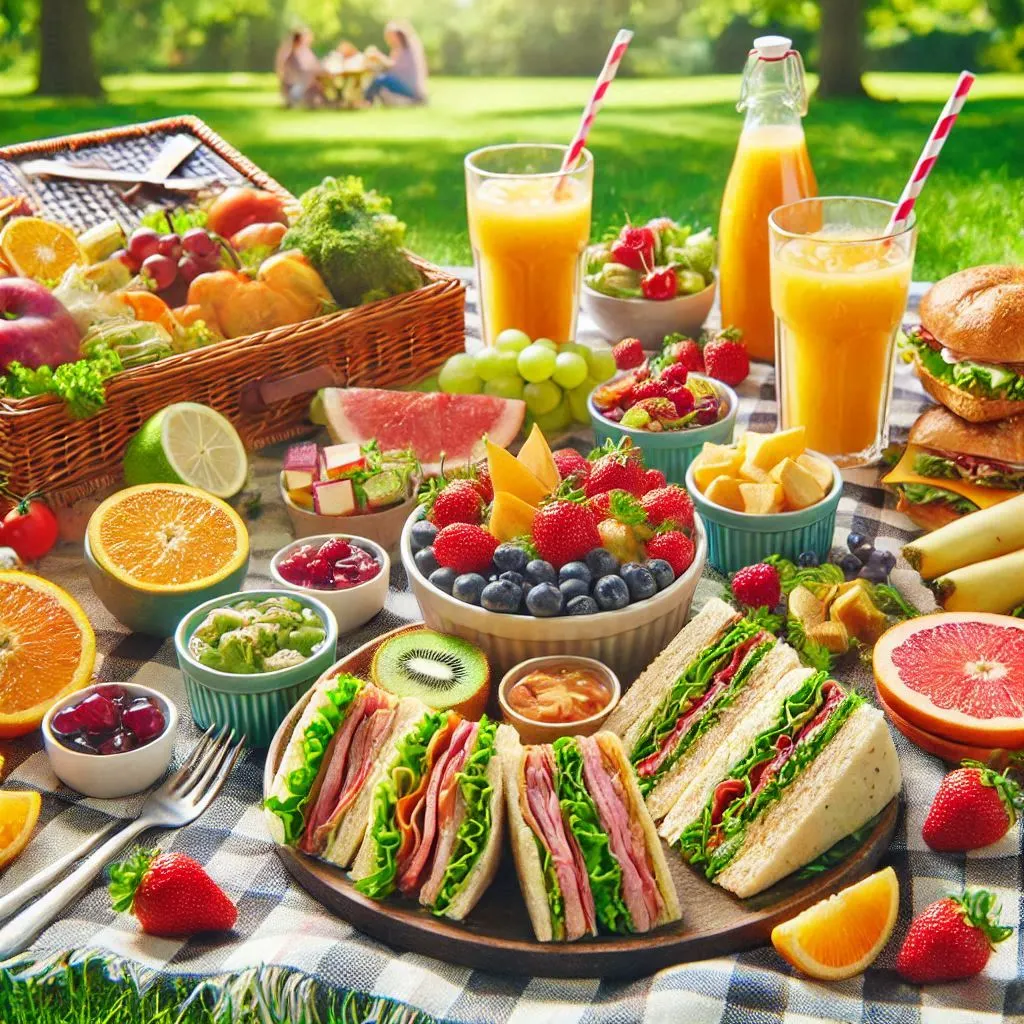
References:
- American Journal of Clinical Nutrition – “The Role of Protein in Appetite Regulation” link.
- The Lancet – “Plant-Based Diets and Chronic Disease Prevention” link.
10. Conclusion
Choosing the right lunch is about more than just satisfying hunger; it’s about fueling your body with the right nutrients to sustain energy, improve focus, and support overall health. With so many options available, it can be overwhelming, but by focusing on a balance of protein, carbs, and healthy fats, you can create a satisfying meal that works for your specific needs. Whether you’re looking for
Recommended Articles:
What Can I Feed a Stray Cat: 2025 Comprehensive Guide – love a happy home
What to Do if You Find a Stray Dog 2025 – love a happy home
- Honey Baked Ham 2025 In-Depth Guide
- How to Organize Kitchen Cabinets 2025 In-Depth Guide
- 100 Easy Dinner Ideas 2025 In-Depth Guide
- Easy Dinner Recipes: 2025 In-Depth Guide
- Amazon Best Sellers in Home Kitchen: Top 10 2025
- KFC Menu: In-Depth Guide 2025
- How to Make McDonald’s Grimace Shake at Home 2025
- Sonic Breakfast Hours: A Complete Guide 2025
- Burger King Breakfast Hours: Complete Guide 2025
- Panera Breakfast Hours: A Complete Guide 2025
- Carl’s Jr Breakfast Hours: A Complete Guide 2025
- Golden Corral Breakfast Hours: Complete Guide 2025
- Whataburger Breakfast Hours: Complete Guide 2025
- Hardee’s Breakfast Hours: Complete Guide 2025
- Wendy’s Breakfast Hours: A Comprehensive Guide 2025
- Taco Bell Breakfast Hours: Complete Guide for 2025
- Burger King Breakfast Hours: A Comprehensive Guide 2025
- Chick-fil-A Breakfast Hours: In-Depth Guide 2025
- 100 Best Milks: A Comprehensive Guide 2025
- 100 Breakfast Ideas: Nutritious Delicious 2025
- 100 Easy Dinner Ideas: Delicious Meals 2025
- Dubai Chocolate Bar: A Sweet Journey 2025
- What to Make for Dinner 2025
- Easy Dinner Recipes 2025(In-Depth)
- Easy Dinner Recipes for Busy Weeknights 2025
- Best School Lunch Ideas 2025
- Tabs Chocolate: A Delicious Revolution 2025
- Dubai Chocolate Bar: A Sweet Luxury Experience 2025
- Cheap Dinner Ideas 2025
- Chicken Dinner Ideas for Every Occasion 2025
- Ground Beef Dinner Ideas for Every Occasion 2025
- School Lunch Programs: Impact and Importance 2025
- Yeti Lunch Boxes: Ultimate Guide 2025
- Perfect Lunch Bag: A Ultimate Guide 2025
- 100 Quick Dinner Ideas 2025 In-Depth Guide
- Dinner Ideas: For Every Occasion 2025
- Easy Dinner Ideas: 2025 In-Depth Guide
- McDonald Breakfast Hours: 2025 In-Depth Guide
- Breakfast Burrito: 2025 A Delicious Start to Your Day
- Best Breakfast Ideas for a Healthy Start 2025
- What Should I Eat for Lunch 2025
- Easy Lunch Ideas for Busy Days 2025
- Easy Lunch Ideas 2025
- What Time Does McDonald’s Stop Serving Breakfast 2025?
- Healthy Breakfast Ideas 2025
- Milk: 2025 A Comprehensive Guide
- Fairlife Milk: 2025 A Comprehensive Overview
- Honeycomb Cereal: 2025 A Comprehensive Analysis
- Is Fairlife Milk Healthy? 2025 In-Depth Guide
- Snack Wrap McDonald’s: A Deep Dive
- How Much Does a Gallon of Milk Weigh?
- How to Make Delicious Mochi Donuts at Home
- Best Egg Laying Chickens(6 Types)
- How Many Grams of Protein in an Egg(1 In-Depth Guide)
- How to Tell If an Egg Is Bad(1 Detailed Guide)
- Creative Spongebob Party Food 2025 In-Depth Guide
- Easy Spongebob Party Food Ideas 2025 In-Depth
- Best Spongebob Party Food Ideas(10 Types)
- Best Creamy Tuscan Chicken Recipe(7 Parts Detailed)
- Best Monday Food Deals(5 Types Perfect Choice)
- Best 11 Monday Restaurant Deals(Very Detailed)
- How To Make Canes Sauce 2025 In-Depth Guide
- Best Hot Sauce Recipe(7 Steps)
- Best Seasonings for Elevating Your Cooking(12 types)



















